Let me tell you a story. It was around the year 1670 when Baba Budan, a Muslim saint on his way back to India from a pilgrimage to Mecca, smuggled seven coffee beans back by hiding them in his beard. He had to resort to smuggling because at that time the Arabs had strict laws against coffee beans being exported in forms other than roasted or boiled (so they couldn’t be replanted and grown elsewhere).
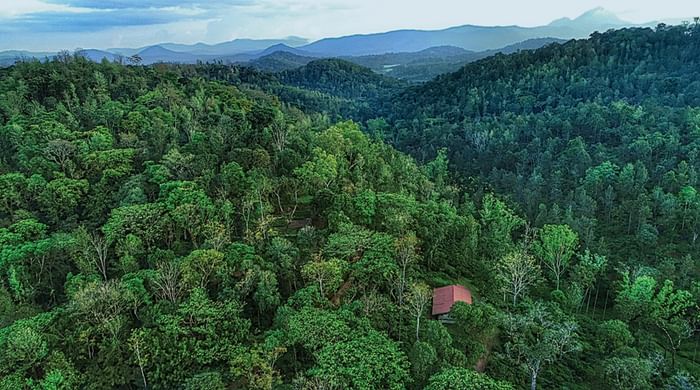
Anyway, we presume enough of the seven beans made it safely to India in their unconventional carrier and our ingenious Baba Budan then planted these seeds in the Chandragiri hills in the Chikmagalur district of Karnataka, where he was from.
Chikmagalur then, is the birthplace of Indian coffee and it is here and the surrounding hills of south India from where a whopping 97 percent of Indian coffee originates. Now I don’t remember where my love for a good cuppa originated (my parents love tea, by the way) but I do know that I really have to go to the birthplace of something I love so much. I can’t say I know my coffee if I haven’t had the best there is, can I?
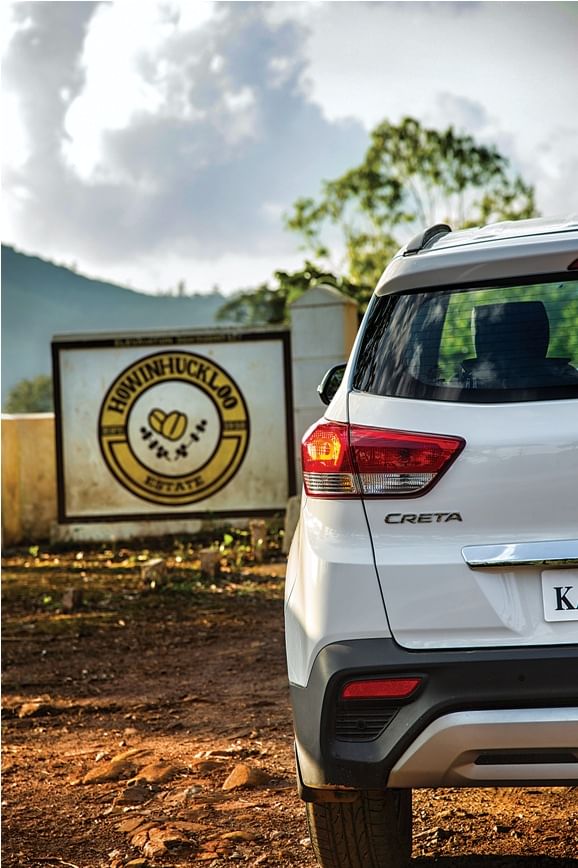
It is how I find myself in the new Hyundai Creta making a left turn at the Neelamangala bypass just outside Bangalore. The distance from the IT city to coffee country is just about 250km and the road out from Neelamangla to Chikmagalur is largely four-lane highway. I leave the cruise control on and let the Creta’s 123bhp, 1.6-litre petrol settle into a smooth, easy gait.
The only thing you have to watch out for are villagers who tend to dart across the highway at crossings but then again I relax knowing the Creta has good brakes and stability control. This new one’s got some interesting features – it’s the first time I’m trying out wireless charging (because it is the first phone I’ve had with wireless charging). I like it because it keeps the lower dashboard free of cable clutter. We are at the Hassan turn off in no time and cram some local mutton and river fish at a military hotel there.
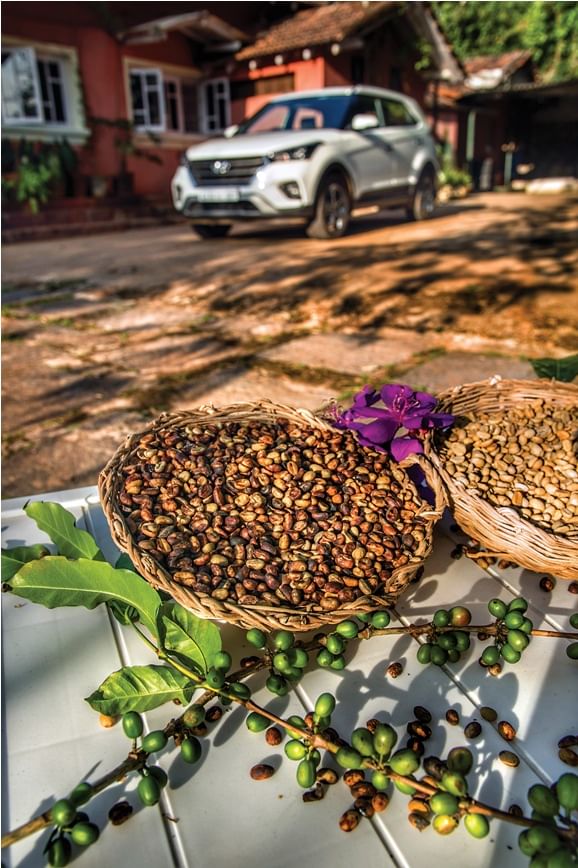
After lunch is when the road gets really interesting. The two-lane highway meanders through lush green paddy fields and trees old enough to form canopy tunnels over the road. In the distance, I can see the hills that we will get to today – hills that are rich in wildlife, spices, ancient trees and single-origin coffee. I’m so close, I can almost smell it.
I’m going to a place called Balehonnur – which is about 50km past Chikmagalur – because it is the heart of coffee in these parts. More specifically, I’m going there to try some single-origin coffee.

What is single-origin coffee you ask? Loosely put, it is coffee sourced from a single producer, crop or region. I am actually going a step further and getting single-farm coffee – and I’ll tell you why this is even more special in a bit. I’m going to meet Rohith Rajagopal, one of the Managing Partners of the Kerehuckloo and Hoowinahuckloo coffee estates that span more than 600 acres of prime coffee plantation. I’ve heard Rohith lives and breathes coffee.
Rohith is a fifth-generation planter and as I drive up to his plantation bungalow, I’m greeted by his two dogs. Him and his wife Lekha used to have ten! A plantation bungalow and dogs – I’m in love with the place already. Rohith tells me his nearest neighbors are his workers that live some way off in the plantation. It is an incredibly peaceful place.
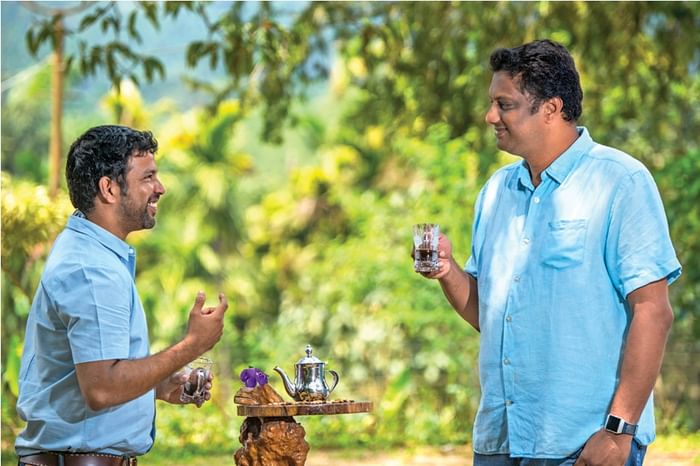
We decide to drive around a part of the property so Rohith can explain how coffee is grown. A madly passionate off-roader, he first looks under the Creta and declares that there’s enough ground clearance for the places we are planning to go to.
I ask him why the coffee grown in these parts is so good. He says that they have a lot of shade trees (shade is important for growing coffee) and that they don’t practice monoculture on his estates. In addition to coffee, there are a lot of fruit trees and spices grown on the land. He says it is all this – along with a lot of passion and love – that makes coffee here the best.
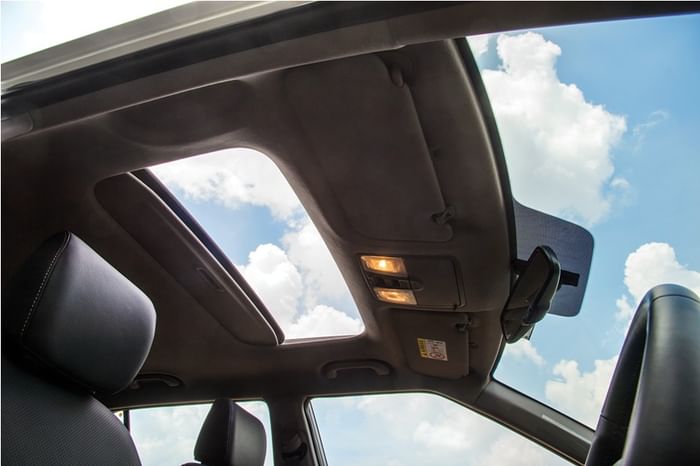
He adds that you’ve got to be wildlife-friendly (this is the first wildlife-friendly certified coffee in the world) and be sensitive to the workers’ needs. He goes on to say Chikmagalur is the eighth-biggest hotspot in the world in terms of insects and animals per square inch. Coffee loves growing in such an environment he says, in such a way that it makes me feel like joining the coffee shrubs and grow my roots here.
This kind of passion in coffee cultivation is what sets single-farm coffee apart from blends. The planter’s pride in the coffee he has grown plays a strong part in the plant’s growth. Coffee also takes its flavour from the unique setting of the area it is grown in; this is what gives it its unique taste and makes it special. One tends to lose this taste when you blend it with coffee grown elsewhere.
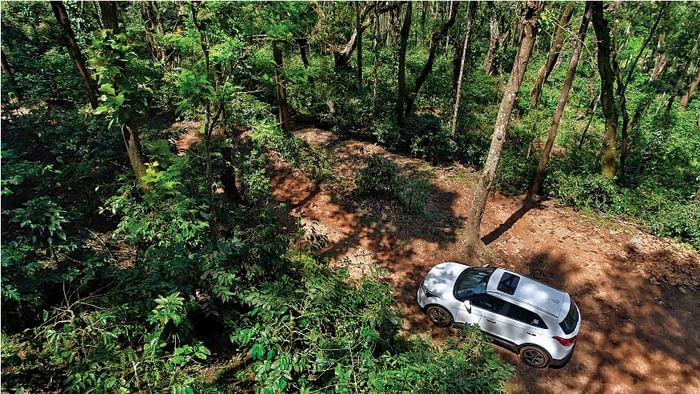
Up until 1995 though, getting this calibre of coffee in India was a problem. To protect small coffee planters, the government decided to regulate the export of coffee by introducing the Coffee Act way back in 1942 and establishing the Coffee Board of India. The Coffee Act was used by the government to increase its control of Indian coffee exports and pool the produce of its growers. Since coffee farmers weren’t given any incentive to produce high-quality coffee, the quality of Indian coffee became stagnant. Then in 1995, the Board was dissolved – and Rohith’s estates were the first to sell outside India.
We continue driving through the property and though it is mainly small rocks and ruts, the Creta manages to clear through it all easily. My worries about it are completely unfounded. I’m quite happy with how the Creta handles these estate roads. However, Rohith says that there are roads in the region that need four-wheel drive to traverse.
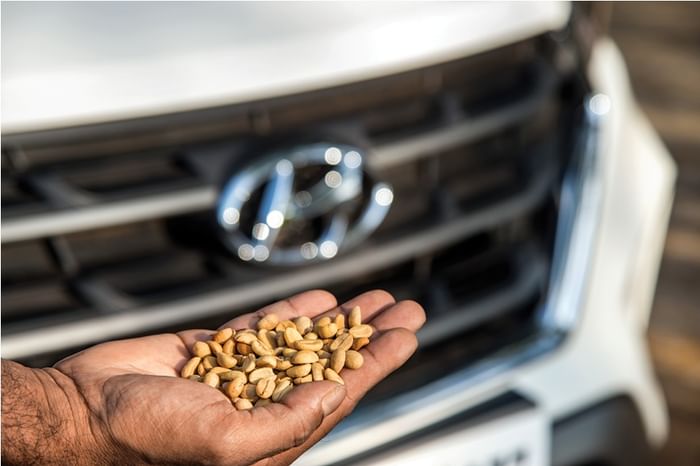
Back at the bungalow, the coffee grown on this land is being readied for us. I like my coffee black with no sugar and that is exactly how it’s been poured. Rohith watches me drink the first sip and it simply blows me away. It is full-bodied, has a chocolatey flavor with a hint of caramel and gives my brain a jolt of energy. It is the best coffee I’ve ever had.
Later that evening, as I sit on the lawn watching the sun set over the hills, a thought strikes me:
Single-farm coffee is great because of numerous factors – the land it is grown in, the environment that it grows in and the passion of the people who grow it are what set it apart from blends.
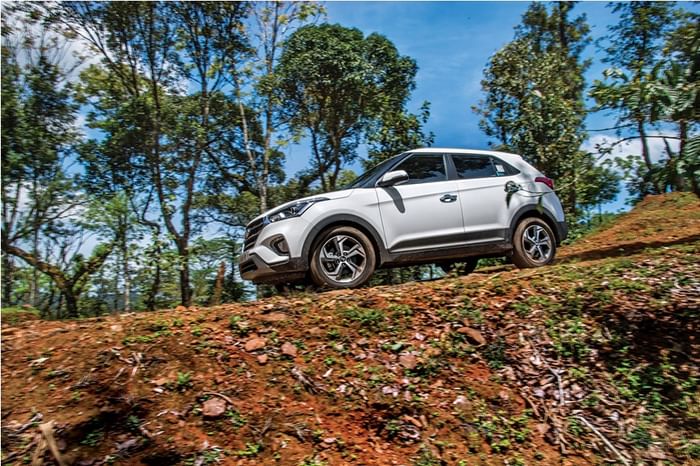
A great car is different. To get here comfortably, the Creta needed to be easy to drive in Bengaluru’s hectic traffic, be smooth and comfortable on the highway and have enough clearance for me to confidently take it over estate roads – and it does all that. The Creta is good because it blends many talents. The common ground between the coffee grown here and the car that we’ve arrived in is very evident though: the process of making either of them involves a large amount of love.
















































